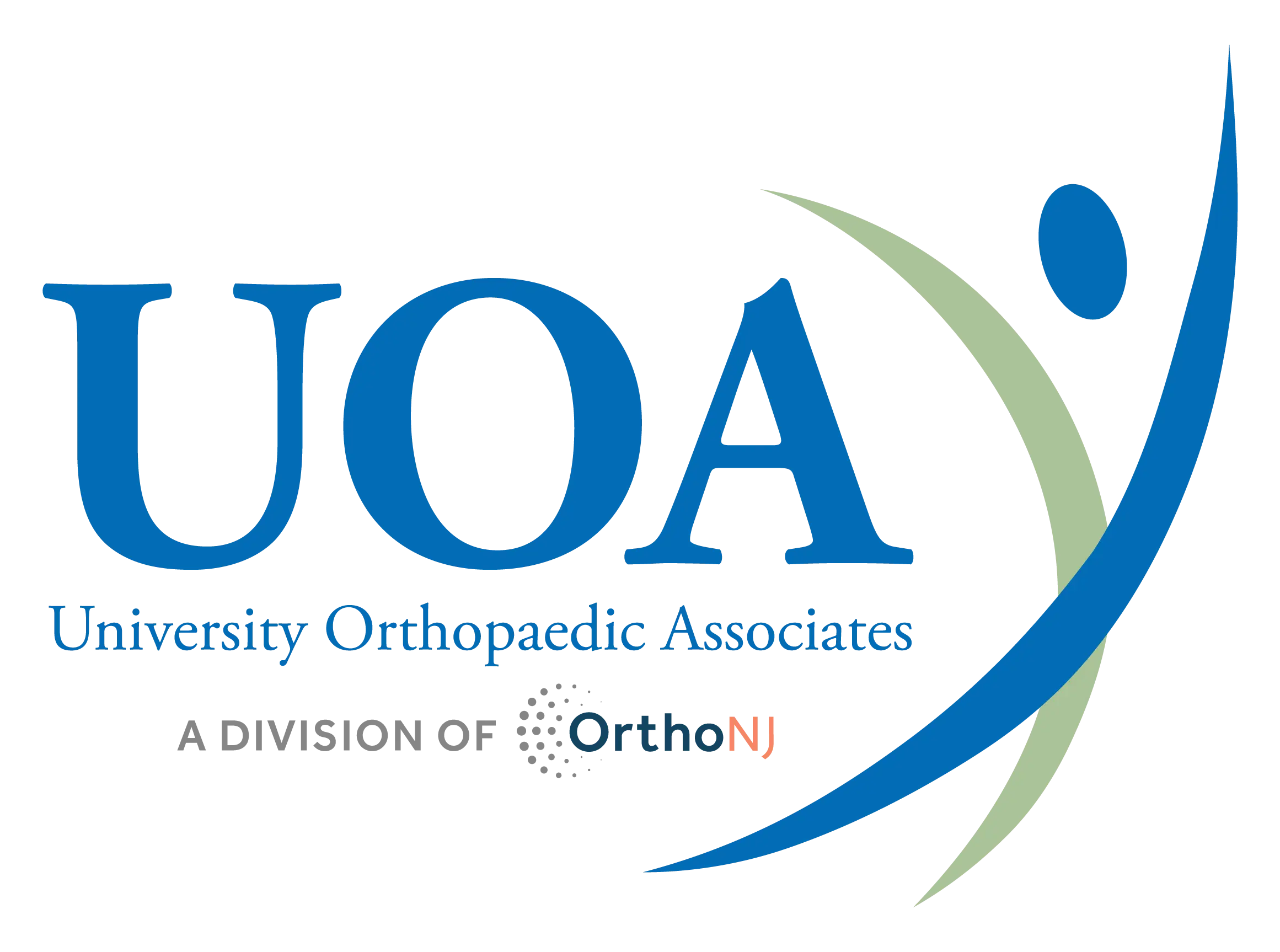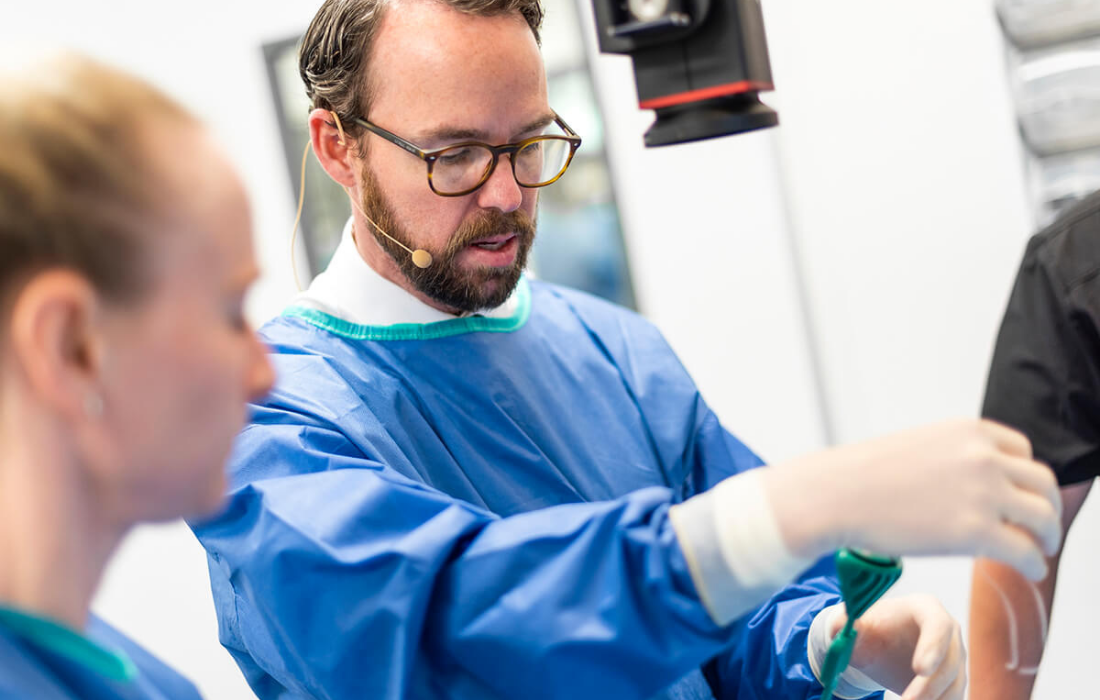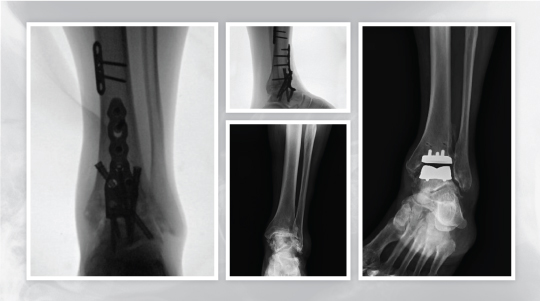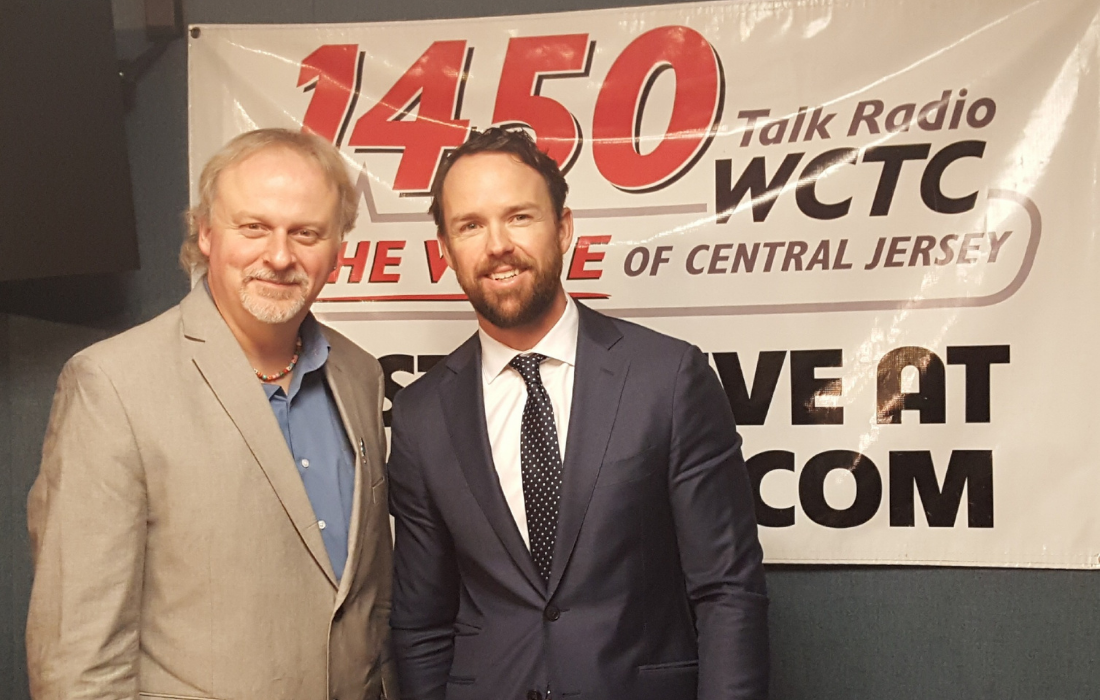Achilles Tendinopathy
Experiencing pain in the back of the ankle can put severe limitations on your daily life, making it harder to simply walk from one place to another. Pain that occurs in a particular area in the posterior part of your ankle may be coming from an inflammatory condition known as Achilles tendinopathy.
What Is Achilles Tendinopathy?
Achilles tendinopathy, also referred to as Achilles tendinitis, happens when the Achilles tendon becomes inflamed. The Achilles tendon is the largest tendon in the body, and its role is to connect the calf muscles to the heel bone. Every time you walk, run, climb or even stand, your Achilles tendon is hard at work, stabilizing the back of your lower leg. This makes the Achilles tendon vulnerable to overuse injury and inflammation.
Types of Achilles Tendinopathy
The two main types of Achilles tendinopathy are defined based on where on the tendon the pain occurs.
Noninsertional
This type of tendinitis happens when there is inflammation of the middle section of the Achilles tendon at the base of the lower leg. Inflammation can occur here due to microtears and degeneration of the tendon. Experts note that this type of tendinitis is more likely to occur in young, active people, such as people who run frequently.
Insertional
This type of tendonitis happens when there is inflammation where the Achilles tendon attaches to the back of the heel —known as the point of insertion. This can affect anyone. However, similar to noninsertional Achilles tendinopathy, insertional Achilles tendinopathy occurs more often in runners. Sometimes, the inflammation of the tendon at the point of insertion can cause the development of a bone spur, which can increase inflammation and friction in the area.
What Causes Achilles Tendinopathy?
There are a number of causes of Achilles tendinopathy. Underlying many of these causes is a common thread of overuse from repetitive stress.
Risk factors include:
- Taking on a new activity with a high level of intensity instead of gradually introducing the new activity (such as beginning training for a marathon by going from not running each day to suddenly running 10 miles each day).
- Doing intense activities sporadically. If you are typically sedentary or less active but then engage in high-intensity activities infrequently (such as playing pick-up basketball a few times a month), this can put you at risk of an Achilles injury.
- Having tight calf muscles. When your calf muscles are not stretched properly, it can put extra strain on the Achilles tendon.
- Gender. Men are more likely to have Achilles tendinopathy.
- Age. The strength and integrity of the Achilles tendon (and other connective tissues) is reduced with age, making tendon strain and injury more likely.
- Medications. A specific category of antibiotics known as fluoroquinolones is notorious for causing tendinopathy problems.
What Are the Symptoms?
Symptoms of Achilles tendinopathy include pain or aching in the back of the lower leg or heel. This may be worse after certain activities. You may also experience morning stiffness that gets better throughout the day.
Other symptoms include:
- Tendon thickening
- Swelling of the tendon
- Pain with wearing shoes
How Is Achilles Tendinopathy Diagnosed?
Achilles tendinopathy can be diagnosed with a physical examination. Sometimes, imaging tests, such as an x-ray, MRI or ultrasound, can also give more information about tendinitis.
What Are the Treatment Options?
In the vast majority of cases, the treatment of Achilles tendinopathy is nonsurgical. Nonsurgical treatment involves rest, activity modification, anti-inflammatory medications and physical therapy. Additional nonsurgical treatments include targeted injections, night splints, orthotics or shockwave therapy. If the tendinitis does not improve after trying these measures for 6 months, surgery may be necessary.
What Is the Recovery Time?
It may take up to three months to fully recover from Achilles tendinopathy with nonsurgical treatment. If surgery is required, full recovery may take up to 12 months with dedicated physical therapy.
If you or a loved one has an orthopaedic foot or ankle injury, be sure to request an appointment with the foot and ankle specialists at UOA today.




